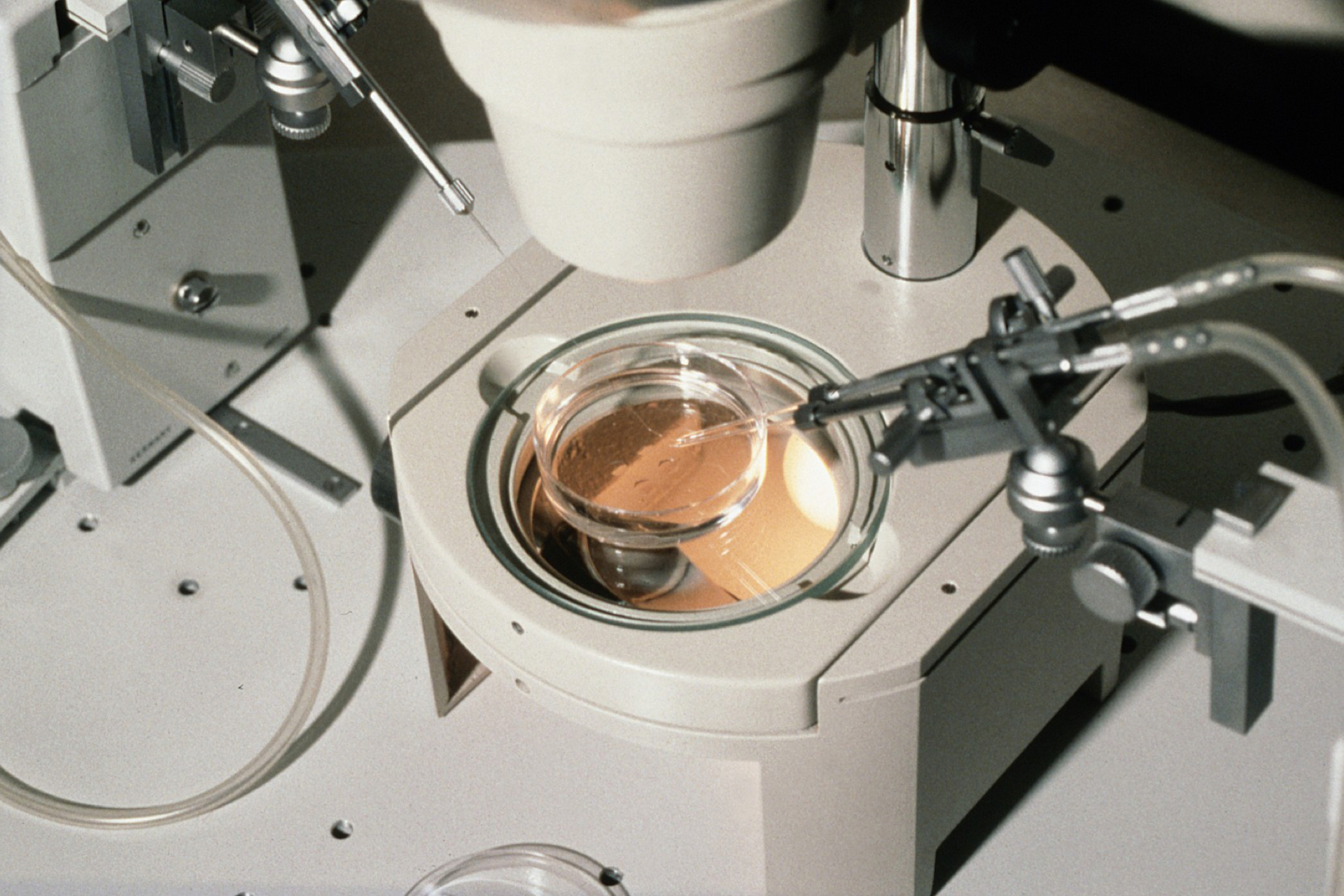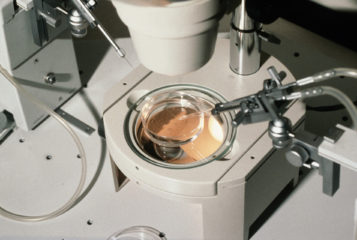2006 has witnessed significant litigation regarding the disposal of stored embryos. In the UK, the long-running court battle waged by Natallie Evans has reached its final chapter. Having lost her ovaries to cancer treatment, previously stored embryos created from Ms Evans' eggs and her ex-partner's sperm represent Ms Evans' last chance to have her own genetic child. With the UK courts having denied her claim to use the embryos against her ex-partner's wishes, Ms Evans went to the European Court of Human Rights where a majority of five to two judges held that UK law did not breach her Convention rights. Her appeal to the Grand Jury of that Court is still underway (1).
In Ireland, in MR v TR, a second woman was similarly recently refused the right to use stored embryos against the wishes of her estranged husband (2). Her legal challenge to this decision depended on establishing that the protection offered to 'the unborn' by Article 40(3)(3) of the Irish Constitution extends to the embryo existing ex utero. The Irish High Court found that it did not, as it had never been in the minds of those who voted in favour of introducing Article 40(3)(3) that 'unborn' meant anything other than a fetus in the womb. This decision avoids the need to address the natural consequences of the alternative view. If all embryos were subject to Constitutional protection, must each be implanted to avoid criminal prosecution, including where this poses risks to the woman's own health or where it is known that the future child will suffer from painful impairments which are incompatible with sustained life? That such fears are not fanciful is demonstrated by the current Italian situation (3).
These two decisions may be seen as part of an emerging view across jurisdictions that the wishes of one party seeking to withdraw consent to the use of stored embryos should prevail over the wishes of another who desires to make use of them. In just one reported judgment has a court found otherwise. The Israeli Supreme Court found that a woman's interest in achieving genetic parenthood (at least where she had no alternative way to do so) should outweigh the man's desire to avoid it (4). This judgment highlights two crucial factors: the significance of genetics in grounding parenthood and the need to maintain equality in balancing the competing interests of the two potential parents. These two fundamental issues will continue to provoke deliberation long after the dust has settled on the legal appeals in the cases outlined above. Each is very briefly considered below.
Whatever else divides the litigants in these cases, they appear united in one important respect: a genetic reading of parenthood. The women involved are, as far as we know, capable of carrying a successful pregnancy to term. What law has denied to them is the possibility to make use of specific embryos created from their own ova. Likewise, Ms Evans' former partner grounds his opposition not in a desire to avoid child support liability but rather in fundamental principled opposition to having a child in circumstances where he would not be actively involved in parenting (5). Such sentiments chime with frequent calls for men to take a more responsible attitude towards procreation and to be actively engaged with their offspring. Yet this emphasis on genetics raises a number of further difficult issues which have received scant discussion in the extensive coverage of these cases. Notably, can we assume that genetic links have the same psychological, social and moral significance for men and for women? In other words, are the genetic interests cited here truly the same?
This brings us on to a second major issue raised by these cases: what equal treatment might mean in this context, given the very different physical realities of reproduction for men and women. The first judge to rule in Evans was clear in his denial that the law was anything other than even-handed in its treatment. He suggested that it was: 'not difficult to reverse the dilemma. If a man has testicular cancer and his sperm, preserved prior to radical surgery which renders him permanently infertile, is used to create embryos with his partner; and if the couple have separated before the embryos are transferred into the woman, nobody would suggest that she could not withdraw her consent to treatment and refuse to have the embryos transferred into her'.
Strikingly, Wall J here equates the fact that a woman cannot insist on having embryos transferred into her with the fact that a man cannot force an ex-partner to endure an unwanted pregnancy and birth with the accompanying pain and health risks. The inadequacy of this reasoning was entirely lost on the European Court of Human Rights, which cited this part of his judgment with approval (6). If the judge is to be criticized here, however, it is not for struggling to find a way to 'reverse the dilemma', but rather for ever imagining such a task to be 'not difficult'. Reproduction is characterized by very different bodily realities for men and women and, less tangibly but no less significantly, highly divergent social and legal meanings. Notably, motherhood is a status which has been legally firmly rooted in gestation, whereas the law has struggled far harder to reach a clear determination of fatherhood, relying variously on marital, genetic and social connections as well as sometimes depending on whether a man had intended to create a child (e.g. where conception results from embryos created ex utero or from donated gametes) (7).
Cases like Evans and MR undoubtedly raise difficult technical questions of interpretation of legal texts drafted with other circumstances in mind and ethical dilemmas which require the wisdom of Solomon. What is most challenging about these cases, however, is that they require us to attempt to cut a way through dense webs of meanings regarding the family, parenthood, gender, and reproduction. As such, it is small wonder that agreement proves elusive and there is no doubt that future years will throw up equally intractable disputes.
Sources and References
-
6) Evans (ECtHR), at para 17.
-
5) Evans (C.A.), above note 1, at para. 32
-
4) Nachmani v Nachmani (50(4) Â PD 661 (Isr)).
-
3) Italian Law 40/2004 Â obliges a woman to have all created embryos, healthy or diseased, implanted.
-
2) MR v TR, Dr. A Walsh, Dr. D Walsh, Sims Clinic Ltd and the Attorney General, unreported, Irish HC (McGovern J.), 15 November 2006.
-
1) Natallie Evans v Amicus Healthcare Ltd, [2003] EWHC 2161 (Fam), [2004] EWCA (Civ) 727, Evans v UK, European Court of Human Rights, Application no. 6339/05 [2006] 1 FCR 585.
-
7) See ss. 27-29 of the Human Fertilisation and Embryology Act (1990), and my own attempt to untangle the meanings of fatherhood which underpins s.28: S Sheldon (2005) 'Fragmenting Fatherhood: the Regulation of Reproductive Technologies' 68(4) Modern Law Review 523-53.





Leave a Reply
You must be logged in to post a comment.